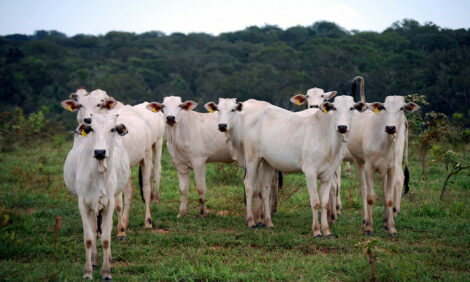



Scientists Find Reason Behind Cheese Blushes
IRELAND - Scientists at Teagasc and University College Cork have identified a heat-loving bacterium as the cause of pink discolouration defects in cheese.Pink discolouration affects many cheeses throughout the world, leading to significant financial loss for the industry. Despite decades of research, the cause of this blush has remained elusive.
Now researchers, led by Dr Paul Cotter and Dr Diarmuid Sheehan, using high throughput DNA-sequencing technologies, have linked the pink defect in cheeses with the presence of a bacterium from the genus Thermus.
Thermus is a thermophile (heat-loving) microorganism that is more frequently associated with environments such as hot thermal springs and which is known for its production of vivid pigments including carotenoids.
Once the researchers established the unexpected presence of Thermus in defective cheese, they were able to employ specialised techniques to grow the bacteria on agar plates.
Subsequently, they artificially added the microbe back into an experimental cheese, and recreated the pinking defect. As a result, the role of Thermus in this defect was definitively established.
The application of high throughput DNA sequencing technologies means that it is now possible to study the microbiology of foods without the need to first grow the microorganisms present. This is particularly important in situations where key microorganisms are not easily grown, and would previously have been overlooked.
“This finding has the potential to lead to new strategies to eliminate this defect while also representing an approach that can be employed to investigate the microbial role in other food defects of unknown origin,” said Dr Paul Cotter, Principal Research Officer, Teagasc Food Research Centre, Moorepark and Principal Investigator, APC Microbiome Institute, University College Cork.
“This research demonstrates the significant impact that DNA sequencing technologies are having on our understanding of, and ability to address, food quality- and food safety-related issues.”
TheCattleSite News Desk


